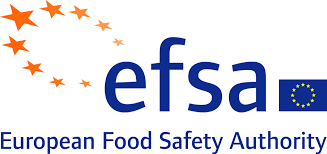Document type: scientific article published in the EFSA Journal
Authors: EFSA Panel on Animal Health and Welfare (AHAW): Søren Saxmose Nielsen, Julio Alvarez, Dominique Joseph Bicout, Paolo Calistri, Elisabetta Canali, Julian Ashley Drewe, Bruno Garin-Bastuji, Jose Luis Gonzales Rojas, Christian Gortázar Schmidt, Mette Herskin, Miguel Ángel Miranda Chueca, Virginie Michel, Barbara Padalino, Paolo Pasquali, Helen Clare Roberts, Hans Spoolder, Karl Stahl, Antonio Velarde, Arvo Viltrop and Christoph Winckler
Preview: This document provides methodological guidance developed by the EFSA Panel on Animal Health and Welfare to produce Scientific Opinions in response to mandates received from the European Commission in the context of the Farm to Fork Strategy. The mandates relate to the welfare of (i) animals during transport, (ii) calves, (iii) laying hens, (iv) broilers, (v) pigs, (vi) ducks, geese and quails, and (vii) dairy cows. This guidance was developed in order to define the methods and strategy to be applied for responding to the Terms of Reference (ToRs) of the mandates. The mandates each consist of a set of General ToRs which refer to the husbandry systems used in the production of each animal species or the current transport practices for free moving animals and animals transported in cages, and a set of specific ToRs for which difficulties in ensuring animal welfare have been identified and where specific scenarios are envisaged. Part I of the guidance includes a description of welfare consequences for the animals. Part II includes a new methodology for providing quantitative recommendations regarding animal welfare. The proposed methodology follows the assumption that the effect of an exposure variable (e.g. space allowance) on animal welfare can be quantified by comparing the expression of an animal-based measure (ABM) under 'unexposed conditions' (e.g. unlimited space) and under high exposure (e.g. restrictive conditions). The level of welfare as assessed through this ABM can be quantified for different levels of the exposure variable (e.g. at increasing space allowances) and quantitative recommendations can thus be provided. The final version of the methodological guidance was endorsed for public consultation, which took place between 14 February 2022 and 31 March 2022. The comments received are integrated in this document.






